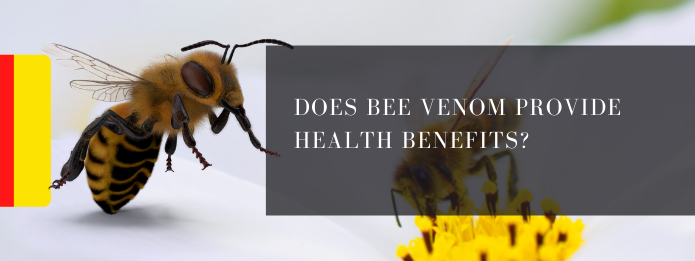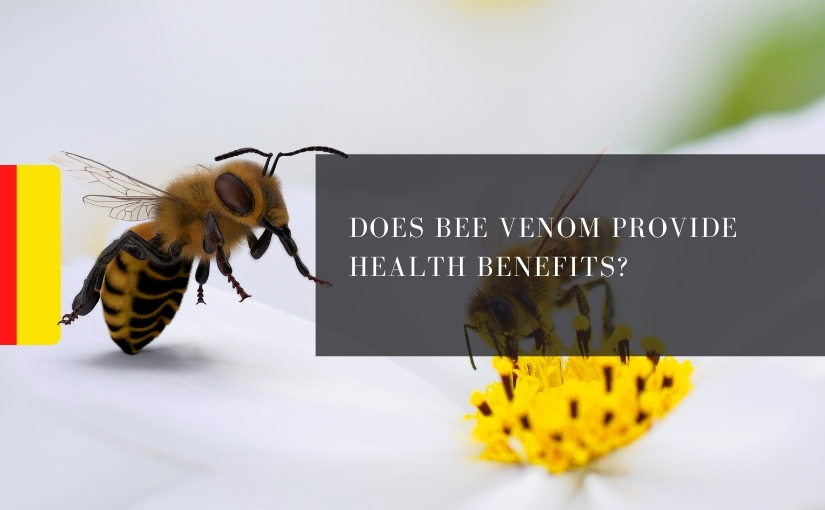
It’s that time again. Bees are making themselves known through their friendly buzzing in flower beds and beehives all around. Bees do an essential job of pollinating flowers and keeping things growing. But what if you have a few too many friendly bees to handle? Learn more about bee removal resources and the benefits of apitherapy and bee venom as alternative medicine.
What Is Bee Venom?
Traditionally, bee venom is the potent excretion that enters your skin when stung by a bee. It goes in the skin through the puncture of the stinger and leaves quite a lasting pain in the surrounding area, even when the actual stinger is removed. Remember, honey bees die when they sting you, so they don’t want to harm you! The excretion left behind is unique. The venom curiously contains both anti-inflammatory and inflammatory compounds, so it is often used in apitherapy. Apitherapy is an alternative medical practice that uses all bee products, including venom, to remedy several ailments.
How Is Bee Venom Used?
Bee venom has been marketed as a treat-all, if not almost a cure-all, for nearly anything for alternative medicine. Products that contain bee venom can be found in traditional retail stores, specialty stores, or online. Be mindful not to confuse bee venom with other apitherapy products like bee pollen, propolis, comb, honey, or royal jelly. While still beneficial, these products do not contain bee venom.
Bee venom is also used in traditional medicine. For immunotherapy, people who suffer from extreme reactions to bee stings are often recommended a series of bee venom shots under the skin to reduce future reaction severity. The FDA approves bee venom injections for allergy reduction. It has been found successful in many cases, later reducing the number of serve reactions for future stings. Inconclusive evidence abounds for bee venom usage in the following traditional treatments:
- Osteoarthritis
- Parkinson
- Stroke
- Fibromyalgia
- Rheumatoid arthritis
Does Bee Venom Have Benefits?
While bee venom can be dangerous to some, it also packs a powerhouse of beneficial claims. Used in everything from medicines to injections to creams and lotions, bee venom seems to do it all. Bee venom is notorious for reducing wrinkles through its antimicrobial properties that reduce aging and fine lines. Bee venom is known to also plump skin by increasing circulation through the inflammatory properties of the liquid while allegedly also stimulating the natural production of collagen and elastin. It is suggested that bee venom also is beneficial for its anti-inflammatory properties for skin ailments like eczema. Bee venom works as an emollient that can reduce levels of inflammation under the skin, reducing the number of lesion flare-ups that eczema sufferers experience.
What Are the Downsides of Bee Venom?
It is essential to consider potential allergies and allergic reactions when trying anything new. Always work with the medical supervision of a doctor. Some of the side effects of bee venom can be severe. Some people can have life-threatening reactions to bee stings. Most people, however, have light reactions, if any at all. Some of the most common adverse reactions are:
- Itching and burning
- Chest tightness
- Low blood pressure
- Trouble breathing
- Redness and swelling
When Should You Call a Professional?
When you feel unsafe or when the bee count becomes just too high for you to handle, call in a professional for bee removal. Suppose the idea of bee venom therapy doesn’t sound like something you want to experiment with on your own, and rightly so. In that case, you should consider a humane removal of the bees so that they can continue their pollinating duties elsewhere.
Call in the professionals at Truly Nolen today for bee removal and pest control in Markham.
